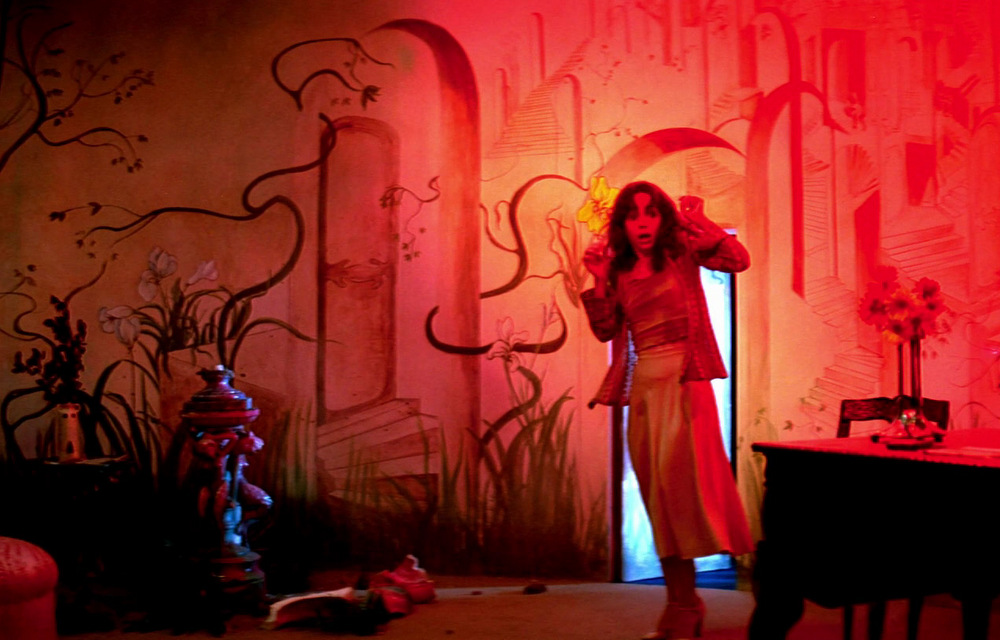
For many fans of horror films, the movie “Suspiria”, released in 1977 and directed by legendary filmmaker Dario Argento, is one of the greatest horror films ever made. Its vibrant and colorful cinematography, unnerving soundtrack, and brutal use of violence make the film a standout from other films in the genre, and at times the film has an abstract art house quality to its approach that’s refreshing for a horror movie.
Janet Maslin, a film critic with The New York Times, gave the following review of the movie: “The film’s ostensible highlights include a bat on the rampage, a plague of white worms, Tubular Bells type music by a group called The Goblins, and a great many graphic tips on how to carve one’s fellows into rib roast. However, Mr. Argento’s methods make potentially stomach-turning material more interesting than it ought to be.
Shooting on bold, very fake-looking sets, he uses bright primary colors and stark lines to create a campy, surreal atmosphere, and his distorted camera angles and crazy lighting turn out to be much more memorable than the carnage. Suspiria is really quite funny, during those isolated interludes when nobody is bleeding.”
When news hit that a remake of the classic horror film was in the works starring Chloe Grace Moretz, Dakota Johnson and Tilda Swinton, the reaction was mixed. Some were excited to see the story revisited, while others felt the original movie deserved to be left alone because it would hard to deliver a better film.
Argento had this to say about the upcoming remake in an interview with IndieWire: “Well, the film has a specific mood. Either you do it exactly the same way — in which case, it’s not a remake, it’s a copy, which is pointless — or, you change things and make another movie. In that case, why call it ‘Suspiria’?”
Only time will tell if the remake can live up to the original, but Argento is right about the mood of the film being the most powerful aspect of its storytelling. “Suspiria” is so unique with its use of exaggerating colors that are beautiful to watch, and its hauntingly demented soundtrack gives the film a surreal fantasy-like quality that engulfs the viewer into the world of the supernatural, making “Suspiria” truly a masterpiece of horror cinema.
1. Witches Coven
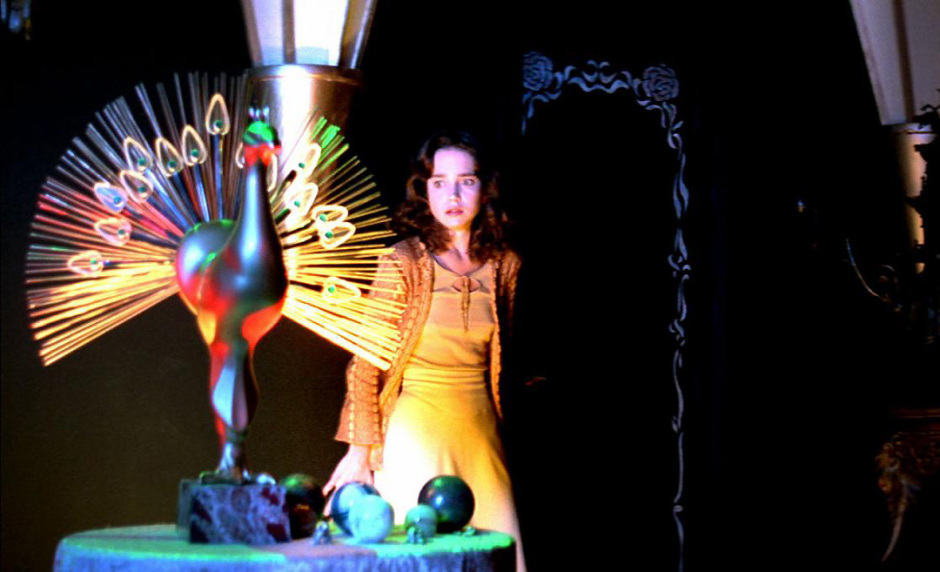
“Rosemary’s Baby” and “The Blair Witch Project” are two of the better films when it comes to the portrayal of witches in motion pictures, but “Suspiria” is without a doubt the scariest. While other movies about witches concentrate on the clandestine activities and spell casting in witchcraft, “Suspiria” assaults the viewer with various bloody murders throughout the film, and only reveals toward the end that the culprits are indeed witches, making most of the first half of the film a bloody whodunit.
Argento masterfully delivers a suspenseful film which keeps the viewer on the edge of their seats from beginning to end. “Suspiria” was the first film in the trilogy Argento envisioned called “The Tree Mothers” that tells the stories of three ancient witches living in modern cities; the films “Inferno” in 1980 and “The Mother of Tears” in 2007 completed the trilogy.
2. Jessica Harper

With her dovelike eyes and her young appearance, Jessica Harper was the perfect actress to play Suzy, the young ballerina traveling in a foreign country, who is soon to be confronted by an unspeakable evil. After starring in Brian De Palma’s “Phantom of the Paradise”, her next film “Suspiria”, would be her most memorable role to date.
Argento had the production designer build the sets and props slightly bigger so the actresses playing the ballerinas would appear younger than their actual ages. Harper delivers a youthful and innocent performance, capturing the spirit of a young teenager traveling abroad, and the actress displays a certain vulnerability that makes the viewer care about her well being which only adds to the tension of the film. Harper is also slated to make a cameo appearance in the upcoming remake.
3. Dario Argento
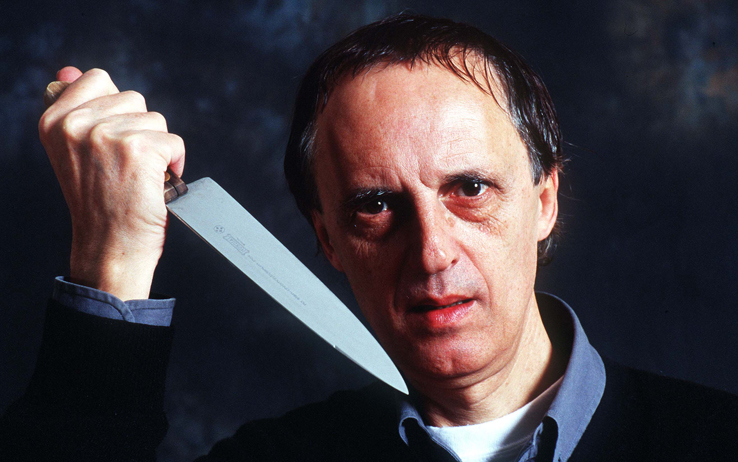
The son of a film producer, Argento started out as a film critic before launching his career in film industry, working with Sergio Leone and Bernardo Bertolucci, two future icons in the business. Argento had this to say about his collaboration with Bertolucci on crafting the story for “Once upon a Time in the West”: “When Sergio Leone chose me and Bernado to write a treatment of ‘Once Upon a Time in the West’, we worked together for months. We knew each other already as we are the same generation. I remember it was marvelous to work together. We went to see films together, American westerns like John Ford. Then we’d go to a restaurant or walk around the city and get inspired to write it.”
Argento would eventually become a director, shooting films in the giallo subgenre, becoming an internationally recognized filmmaker with the 1975 release of the film “Deep Red”.
However, when “Suspiria” hit theaters two years later, it became an instant classic, and Argento would go down in history as one of the best horror directors of all time. He attributes his success to all of his films to having a psychological element to the horror, and had this to say about other horror films lacking that crucial element: “Psychology is the most important element.
It’s a shame because the latest horror films forget psychology and put the focus just on the special effects and the bloody scenes. Psychology doesn’t exist anymore in movies. This is not good because psychology is very important.” “Suspiria” would prove his theory right, because it’s the psychological mood that delivers the real scares throughout the film.
Argento would go on to make other great horror films, influencing horror icons like John Carpenter; the director also helped George A. Romero secure financing and was a producer for the original “Dawn of the Dead”, and he wrote the screenplays for Mario Bava’s son Lamberto Bava’s two films “Demons” and “Demons 2”. For a director who has mostly made horror films through his entire career, he has an international following and is somewhat an unofficial ambassador for Italian cinema.
Argento had this to about his influence on younger directors such as Nicolas Winding Refn and Olivier Assayas: “Refn says he’s definitely inspired by my films. He admits it. And as for Assayas, as you know, his background his film criticism and writing for Cahiers du Cinema. He certainly appreciated my work very much there, so it’s no surprise. He’s a very clever director. He’s done a lot of different things, but he’s certainly inspired by me. More generally, my films are getting more and more into filmmaking and audiences’ minds — at least in Europe and Asia. So it’s true that it’s growing. On the one hand, I’m kind of surprised. On the other hand, if a film is interesting, sooner or later it will inspire others.”
4. Brilliant Cinematography

Luciano Tovoli’s brilliant photography and use of color had never been seen before in a horror movie, and is one of the reasons “Suspiria” is such a powerful film in the genre. With the use of strong primary colors, especially reds and blues, the filmmakers used the imbibition process on the Technicolor prints, the same process that films like “The Wizard of Oz” and Gone with the Wind” underwent.
This process accomplishes a rich retention of color in the film print, giving “Suspiria” a nightmarish look painted in vivid colors, and it would be the last film to be processed in Technicolor. It was shot using Eastman 5254 color negative, a film stock that was in the phase of being discontinued at the time. Tovoli didn’t use color gels on the lights, instead opting to use screens made from colorful velvet and tissue paper to create the hypnotic look of the film.
While Tovoli is well known for shooting “Suspiria”, it was a film he initially wasn’t interested in photographing because it went against his approach to cinematography. Years earlier while studying his craft with his good friend, Spanish cinematographer Nestor Alméndros, both men swore only to use natural light while shooting films.
Thus, when Argento approached Tovoli with with concept for “Suspiria”, the cinematographer was a bit reluctant because it went against his style of filming; however, Argento was coming off the huge success of “Deep Red”, so he agreed to shoot some tests for the director. The results from the test blew Argento away and he persuaded Tovoli to shoot the film.
The cinematographer said shooting “Suspiria” was a life-changing experience for him professionally. Departing from his naturalistic approach liberated him and Tovoli had this to say about the experience: “It was a much freer horizon, with more fresh air than just the straightforward reproduction of the real world allowed. This was a world of creative freedom, finally unchained from the obsession with realism.”
Tovoli is considered one of the greatest Italian cinematographers in the business; he’s known for his frequent collaborations with director Barbet Schroeder, but his work on the film “Suspiria” would go down as his greatest work as a cinematographer. Tovoli described the movie in the following way: “Suspiria is one of the most radical horror films that has ever been made, and the precise reason for this is that it is unapologetic in the way it expresses horror and the way it demands the opening up of the viewer to take pleasure in things that they cannot describe.”
5. Goblin’s soundtrack
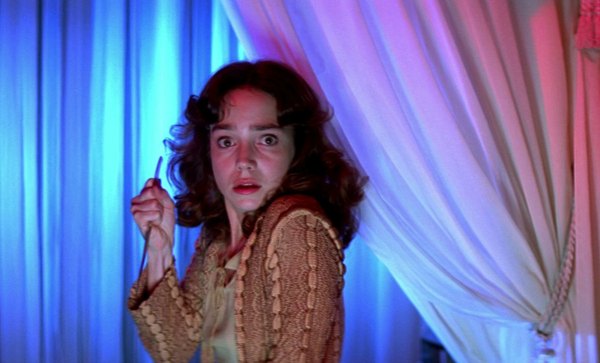
Claudio Simonetti, the frontman for the rock band Goblin, recalled meeting John Carpenter in 2012 and the legendary filmmaker introduced himself to the musician by saying “I know you very well, I stole all your music.” Carpenter would go on to tell Simonetti that the soundtrack he created for Argento’s “Deep Red” inspired the director to create the iconic soundtrack to the film “Halloween”.
Goblin’s follow-up soundtrack for Argento’s next film is considered by some as the best soundtrack in the history of horror films. The soundtrack for “Suspiria” is relentless, with demonic tubular bells and voices in the music, and the theme for the film is unnerving. The soundtrack was one of the first recorded using a synthesizer; the band incorporated a 50 Moog modular system into their recording session.
Argento told the band he wanted the presence of the witches to be felt even when they weren’t on screen, so they repeatedly whispered the word “witch” into the soundtrack and recited a spooky lullaby in the background. The results are a haunting soundtrack and one of best ever composed for a horror movie.
6. Eloquent splatter special effects
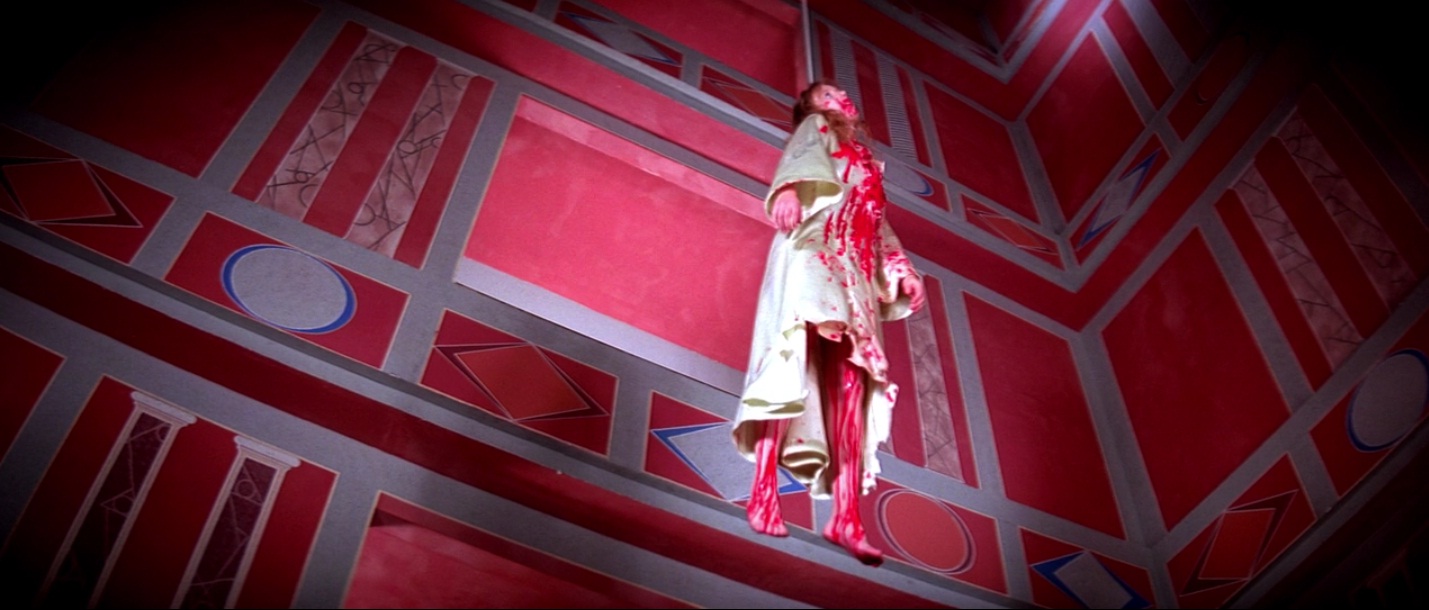
The movie is violent and full of gore, but it’s done in a eloquent fashion that separates it from other splatter movies. There’s a brutal hanging, a victim falling into a pit of barbed wire, and a vicious dog attack. Blood flows freely in the film and for a film with such graphic violence, Argento doesn’t repulse the viewer with gore and splatter; the effects are mostly eloquent in their execution, blending in with the hypnotic visuals.
The special effects might seem somewhat crude 40 years later in the age of digital special effects, but surprisingly they hold up quite well and are still very effective, and that’s because the movie is more about mood and style than gore and violence. The colorful imagery seems to hypnotize while the unrelenting music can drive one to madness.
The film reaches the viewer on a subconscious level because of the surreal images, and the gore and violence that usually grosses out the viewer is no big deal because the gore is only there to serve the story.
When Suzy discovers the secret quarters of the witches coven inside the ballet school and accidentally discovers the Queen Witch, the audience is on the edge of their seats when a dead corpse comes back to life trying to kill Suzy. Argento brilliantly made the final scene more intense in the way he laid out the violence throughout the film, building up to the last climatic scene.
Author Bio: R. Prince is a filmmaker from Harlem, New York and the author of the book How to Roll a Blunt for Dummies.